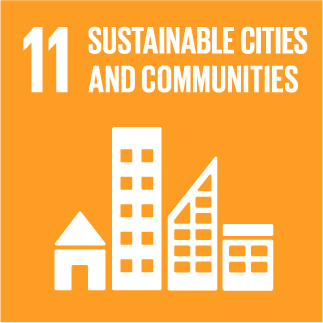Integrated manufacturing of REciclable multi-material COmposites for the TRANSport sector
17.68% Efficiency Nonhalogenated Solvent?Processed Organic Solar Cell Modules Driven by Seed Crystal Strategy
The TOC illustration depicts asymmetric BDTF?CA2O seed crystals (left) harnessing low nucleation barrier and strong crystallinity to facilitate PM6 crystallization. The module's J–V curve (right) highlights the transition from small?area cells to industrial?scale modules, emphasizing the seed crystal strategy's role in achieving uniform morphology and record efficiencies.Organic solar cells now surpass 20% efficiency in small?area devices, but the use of chloroform as a solvent poses industrial scalability challenges because of its limited ability of uniform film formation and toxicity. High?boiling, non?halogenated solvents are being studied as alternatives, but their low solubility and slow evaporation complicate crystallization process. Here, the study introduces a seed crystal strategy by incorporating oligo (ethylene glycol)?modified small?molecule donors to optimize the nucleation and crystallization. The asymmetric BDTF?CA2O molecule, which combines the strong crystallinity of rodanine group and the low nucleation barrier of oligo (ethylene glycol) chain, significantly promotes the crystallization of the polymer donor PM6. Moreover, BDTF?CA2O effectively suppresses excessive phase separation, and optimizes vertical distribution, resulting in enhanced exciton extraction, balanced carrier transport, and reduced recombination losses. Small?area toluene?processed devices achieve a power conversion efficiency of 19.67%. In the realm of large?area organic solar cell modules, this strategy leads to a record active area efficiency of 17.68% and aperture area efficiency of 16.80% (certified at 16.26%), which is the highest reported for organic solar cell modules >10 cm2 to date. These achievements highlight the potential of the seed crystal strategy for large?scale production of efficient, large?area organic solar cell modules.

» Publication Date: 26/02/2025

This project has received funding from the European Union's Horizon 2020 research and innovation programme under grant agreement Nº 768737


